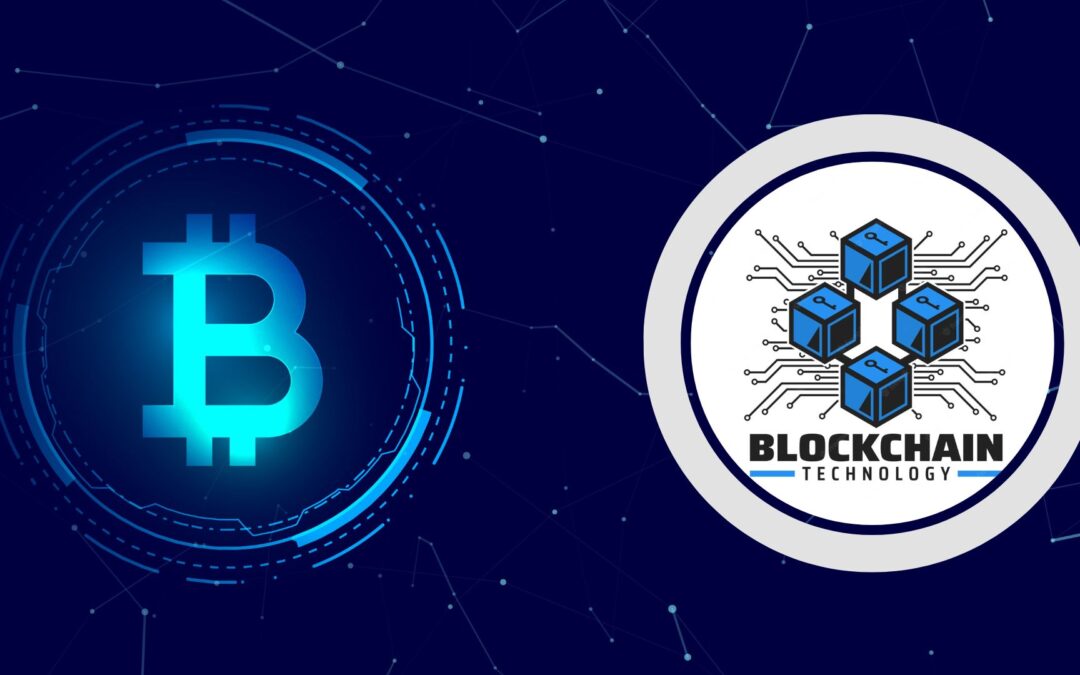What is Blockchain?
Blockchain is a decentralized and distributed digital ledger technology that records transactions across multiple computers in a way that is secure, transparent, and tamper-resistant. Each transaction, or “block,” is linked to the previous one, forming a chronological chain. This technology gained prominence as the underlying technology for cryptocurrencies like Bitcoin, but its applications have expanded beyond just digital currencies.
The key features of blockchain include:
- Decentralization: Unlike traditional centralized systems, blockchain operates on a network of computers (nodes) where each node has a copy of the entire ledger. This decentralized nature enhances security and eliminates the need for a single controlling authority.
- Transparency: Every participant in the blockchain network has access to the same information. Transactions are visible to all relevant parties, promoting transparency and trust.
- Immutability: Once data is added to the blockchain, it’s extremely difficult to alter or delete. This is achieved through cryptographic hashing and consensus mechanisms, making the blockchain tamper-resistant.
- Security: Transactions in a blockchain are verified through complex cryptographic algorithms, making it difficult for unauthorized parties to alter the data. This enhances the security of the system.
- Consensus Mechanisms: Blockchain networks use consensus algorithms to agree on the state of the ledger. Popular mechanisms include Proof of Work (PoW) and Proof of Stake (PoS), which ensure agreement among network participants.
- Smart Contracts: These are self-executing contracts with the terms directly written into code. They automatically execute actions when predefined conditions are met, reducing the need for intermediaries.
The role of blockchain in the latest technology landscape is significant and expanding:
- Cryptocurrencies and Finance: Blockchain’s most well-known application is in the realm of cryptocurrencies. It enables secure and transparent transactions without the need for intermediaries like banks.
- Supply Chain Management: Blockchain can provide end-to-end visibility in supply chains by recording every step of a product’s journey, reducing fraud, ensuring product authenticity, and improving traceability.
- Digital Identity: Blockchain can be used to create secure and tamper-proof digital identities, providing individuals with control over their personal data and reducing identity theft.
- Healthcare: It can improve the interoperability and security of electronic health records, ensuring accurate patient data sharing across healthcare providers while maintaining privacy.
- Voting Systems: Blockchain-based voting systems offer enhanced security, transparency, and tamper-proof record-keeping for elections.
- Real Estate and Land Title Records: Blockchain can simplify and streamline property transactions by providing a transparent and secure way to record ownership and transfer of real estate.
- Energy Trading and Grid Management: Blockchain can enable peer-to-peer energy trading, allowing consumers to buy and sell energy directly to one another.
- Cross-Border Payments: Blockchain can facilitate faster, cheaper, and more transparent cross-border transactions by eliminating intermediaries.
- Intellectual Property Protection: Blockchain can help creators prove ownership and protect their intellectual property rights.
- Digital Art and Collectibles: Blockchain technology is used to create verifiable scarcity and provenance for digital art and collectibles.
The role of blockchain in these areas is to create trust, security, and efficiency by eliminating intermediaries, ensuring data integrity, and enabling new models of interaction. However, it’s important to note that while blockchain holds significant promise, it’s not a solution for all problems and has its own challenges, including scalability and energy consumption.

